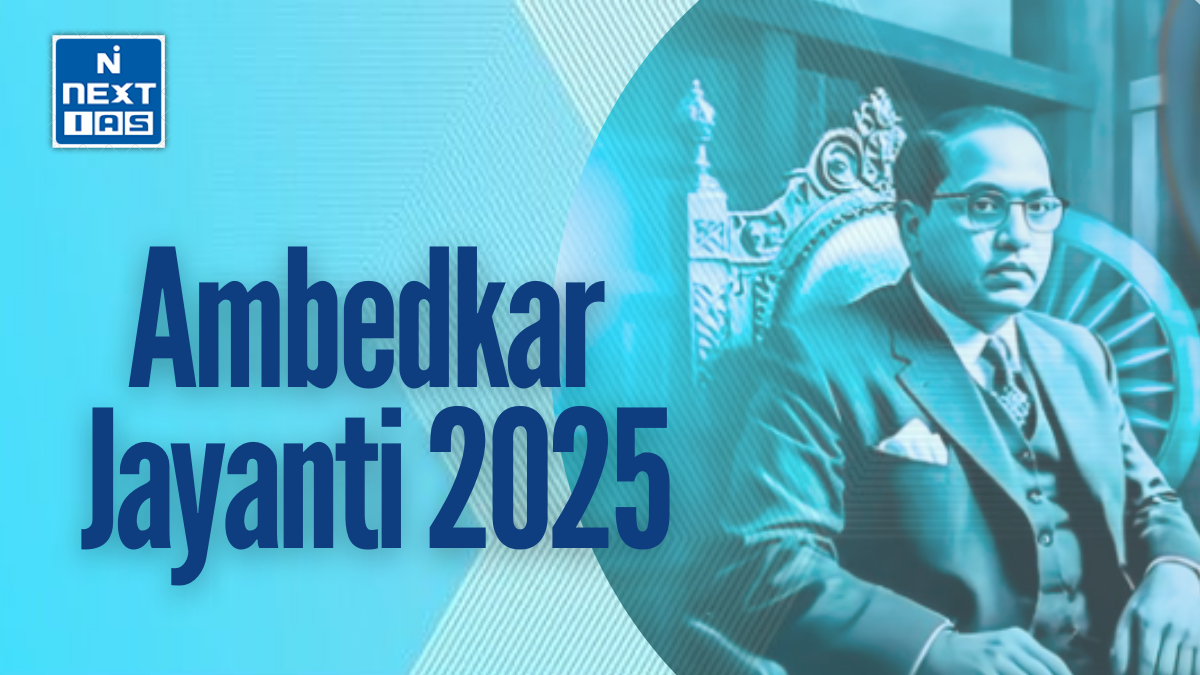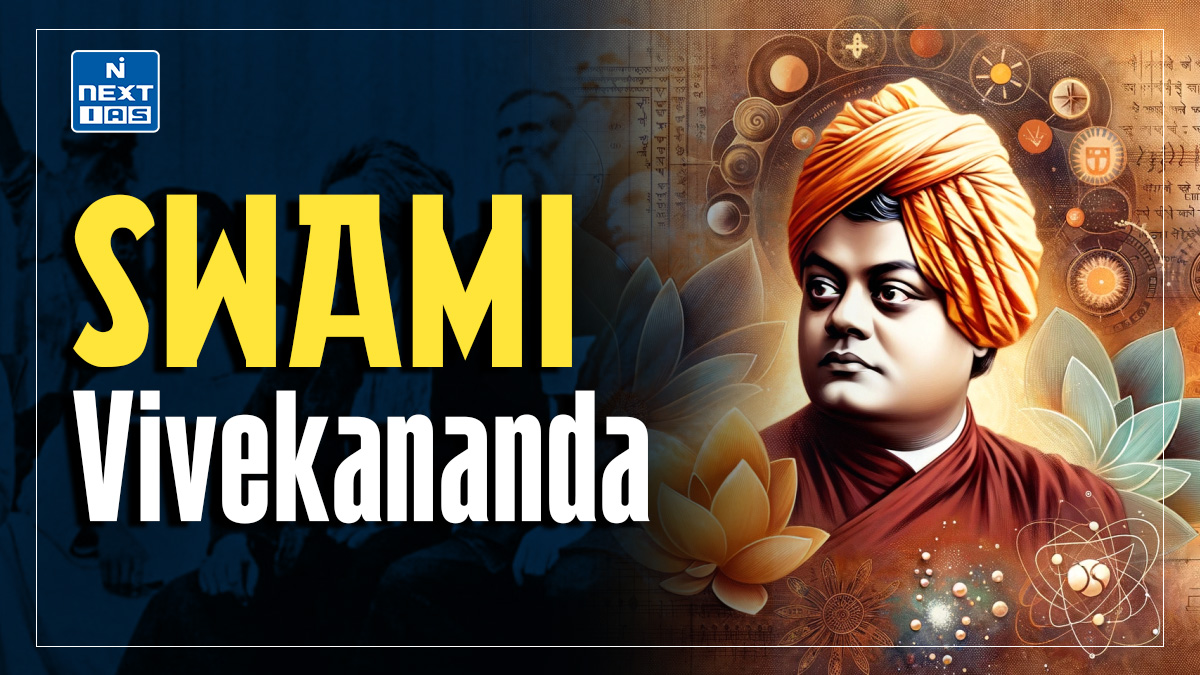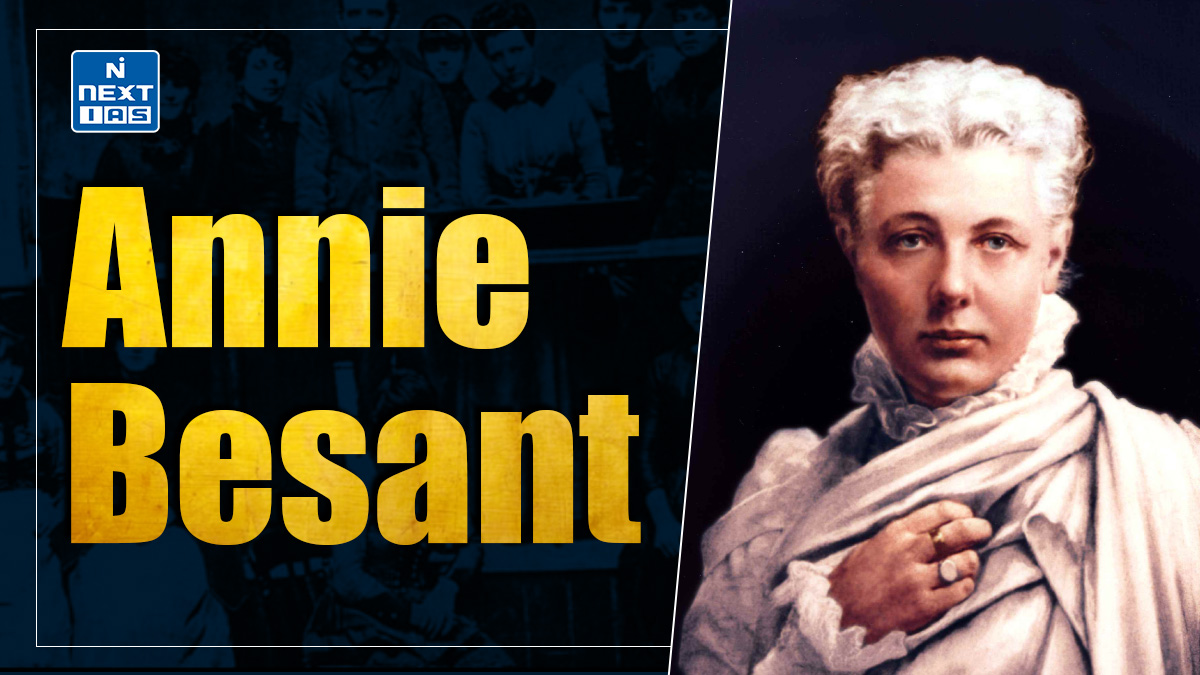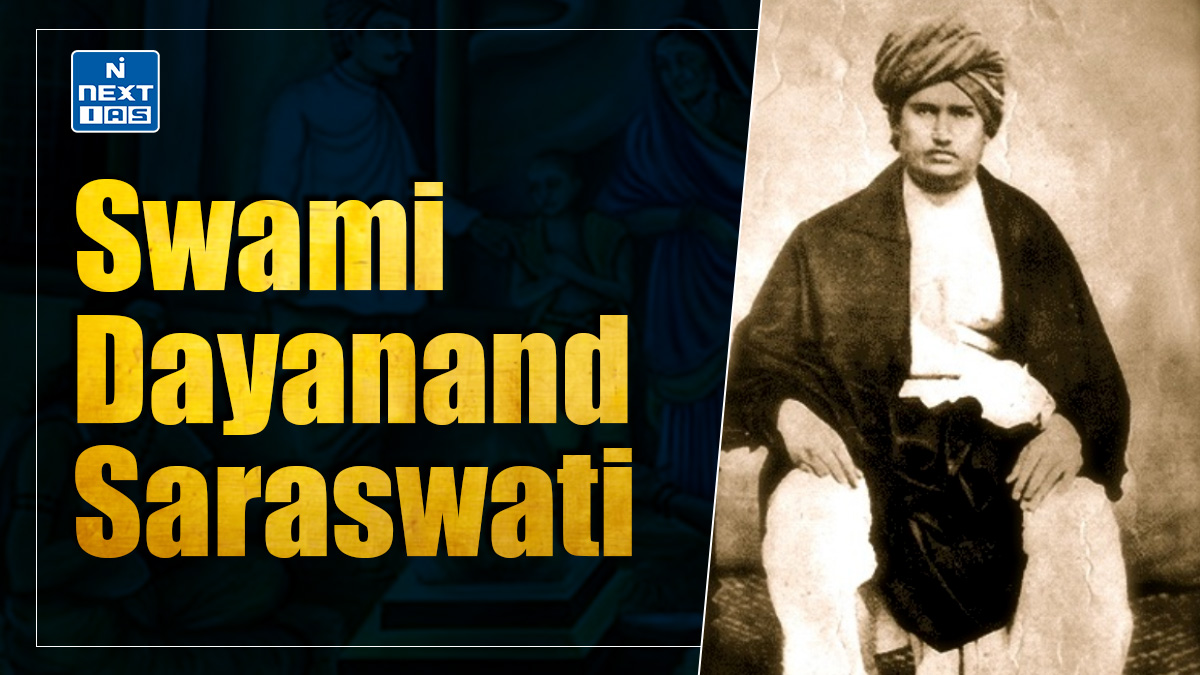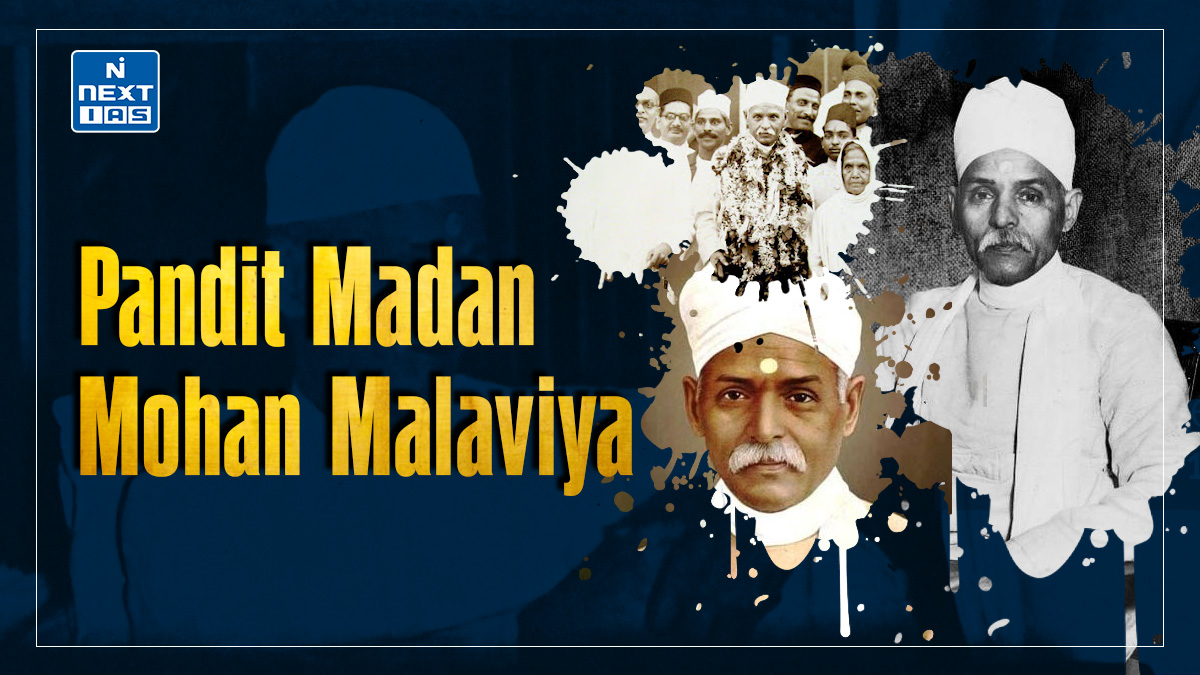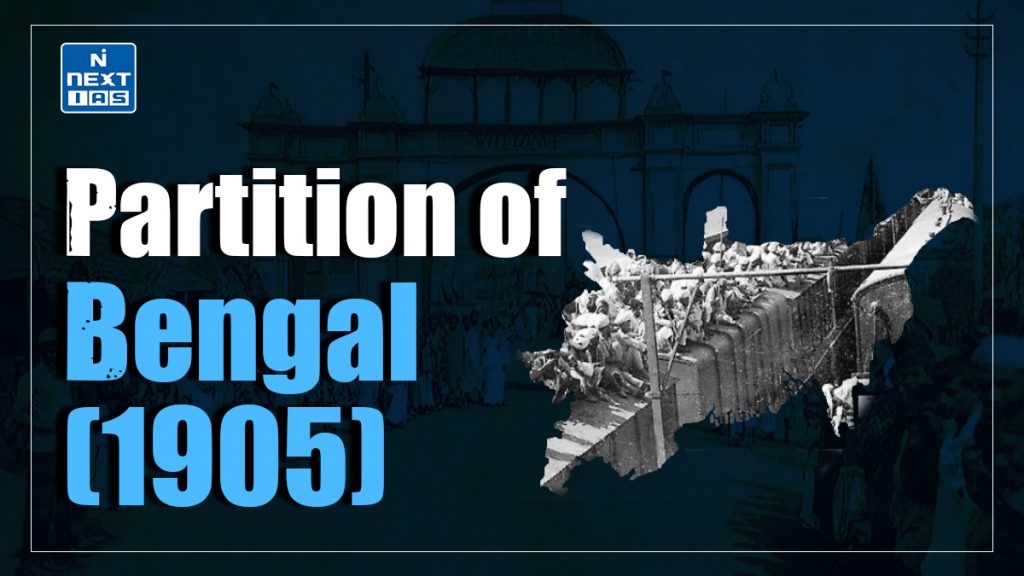
The Partition of Bengal in 1905 was a decision by the British to divide the large province of Bengal for administrative purposes, creating separate Muslim and Hindu-majority regions. This move, which aimed to weaken the nationalist movement, led to widespread protests and the emergence of the Swadeshi movement, marking a significant turning point in India’s struggle for independence. This article aims to study in detail the causes, consequences, and impact of the Partition of Bengal.
About Partition of Bengal
- The decision to partition Bengal was made public in December 1903. According to the British, the decision to partition the large province of Bengal (undivided Bengal, Odisha, Assam, and Bihar) was based on administrative convenience.
- However, as nationalist leaders rightly suspected, Lord Curzon had some ulterior motives behind this decision.
- The argument of ‘administrative convenience’ had an element of truth. Still, by dividing the Bengali-speaking areas, the government’s real intention was to weaken the nationalist movement, which was gaining strength daily.
- It is important to note that Bengal was the prominent centre from which the nationalist ideas radiated to other parts of British India. Curzon hoped that the partition would separate Muslim-majority areas of Assam and eastern Bengal from the rest of the province, which was largely Hindu.
- After the partition, the western half became a Hindu-majority area, and the eastern half became a Muslim-majority area.
- There was also an intention to divide them on a language basis by reducing Bengalis to a minority in Bengal since, in the partition scheme, it was decided that Bengal proper was to have 17 million Bengalis and 37 million Hindi and Oriya speakers.
- Curzon proposed to make Dacca the capital of a new Muslim-majority province to get the confidence of the Muslims of Bengal.
- The government was essentially subscribing to its time-tested policy of pitting Muslim communalists against Congress nationalists to weaken the national movement.
Anti-Partition Movement
- Surendranath Banerjee led the Moderate group, which comprised Krishna Kumar Mitra, Jogeshchandra Chaudhuri, Bhupendranath Bose, Prithwishchandra Ray, etc.
- They worked ceaselessly from 1903 to intensify the agitation through press campaigns, meetings, petitions, conferences, etc.
- In their usual style, they forwarded anti-partition arguments in their pamphlets, and a few newspapers, like Sanjibani, Indian Mirror, and Ananda Bazar Patrika, carried their ideas widely.
- They aimed to educate public opinion in India and England and pressure the government to reverse the unjust partition scheme.
- However, the government ignored the loud public opinion against the partition and announced it in July 1905.
- Protests were organised all over Bengal, and the idea of boycotting foreign goods was put into practice.
- A huge gathering was held in Calcutta town hall on August 7, 1905, and a Boycott Resolution was passed. This marked the formal beginning of the Swadeshi movement.
- Krishna Kumar Mitra was the first to suggest the boycott of British goods in Bengal.
- Syed Haidar Raja led the Swadeshi movement in Delhi.
- The British journalist H.W. Navinson was associated with the Swadeshi movement.
Conclusion
The partition sparked widespread protests across Bengal and catalysed the rise of the Swadeshi movement, which called for a boycott of British goods. Despite the government’s dismissal of the protests, the movement united Indians in their struggle against colonial policies and marked a significant chapter in India’s fight for independence.
GS - 1